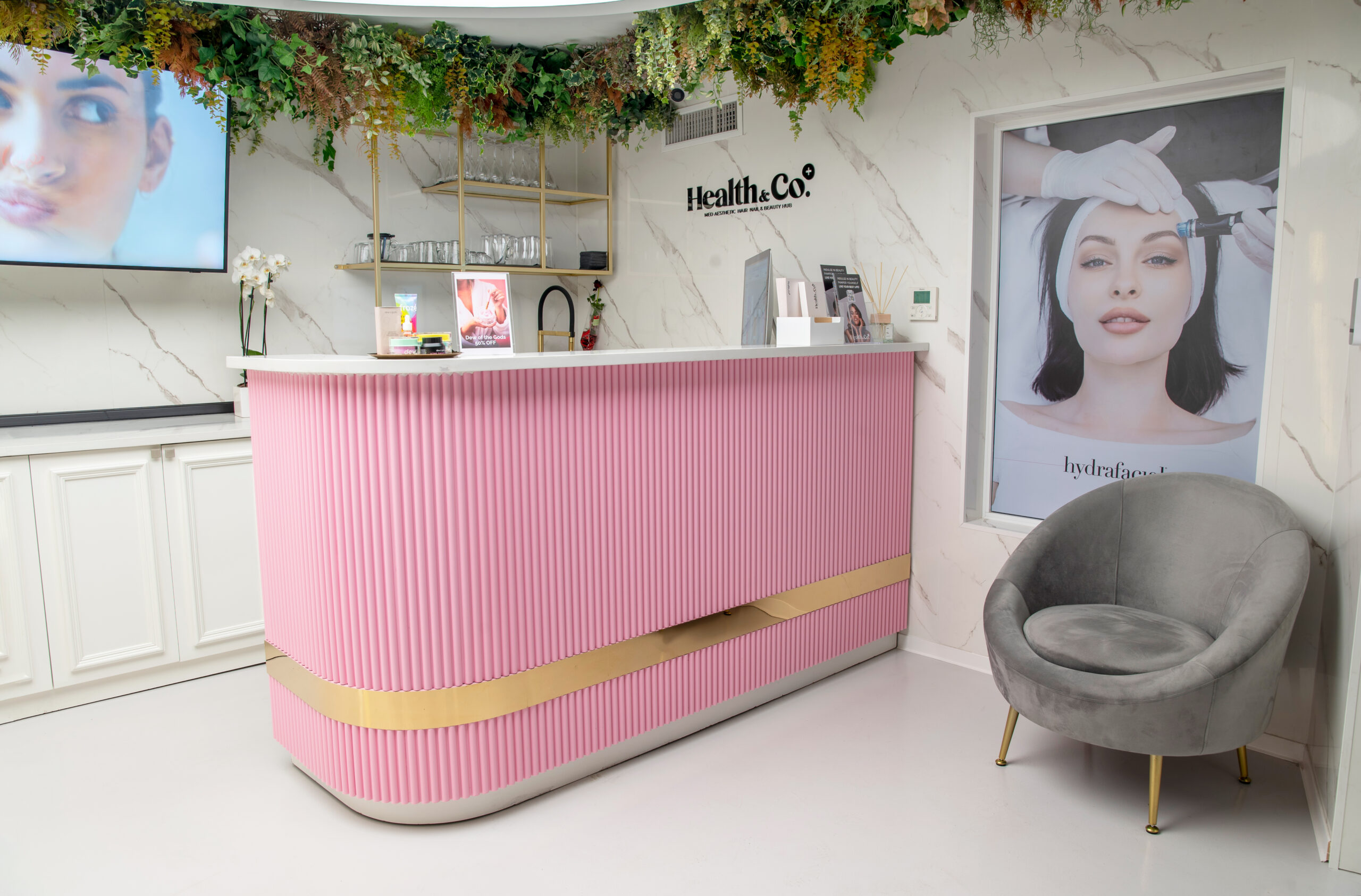Lighting and interior designer Olivia-Ann Calleja plans effective illumination for an office.
What considerations do you make when planning lighting design for an office?
I divide lighting design for an office in three stages. First and foremost is the consideration of the natural light that a space offers and how to orient the desk and computer layout in order to make the most of the natural light available. The second consideration is how the space is furnished and how its colours absorb or reflect the light sources. The third consideration is how the space is used during the day and at night.
After making these considerations, I calculate the amount of artificial lighting required. This not only means achieving the amount of light levels as required by CIBSE standards but also deciding on the right quality of light to use in a particular space – the latter is particularly important as it has a physiological impact on the people who spend hours in that space.
Natural daylight is of paramount importance in life, especially in an office where people spend the best part of the day
How do you assess the lighting needs of an office?
The first elements to assess are the quality of the light and colour rendering – this refers to the quality of the light sources used to achieve the required rendering from artificial daylight together with the designated light level required for that particular space. I also consider the different tasks which an employee will be carrying out – various tasks require a tailor-made lighting scheme.
How important is natural light in an office?
Natural daylight is of paramount importance in life, especially in an office where people spend the best part of the day. In a call centre, for instance, the required artificial lighting according to international standards is 500lux to desktop level – this is a very good level of lighting for the eyes. However, in an average day-lit office, the amount of natural daylight on a cloudy day can reach and vary as high as 2000 to 2500lux. The difference is huge, but the incredible eye organ adapts in no time to the change.
However, this does not mean that because the eye can adapt to different light levels, there are no physiological repercussions. The 500lux are not there to replace natural daylight throughout the day.
Does the use of artificial light depend on the function of an office?
Artificial lighting depends on the tasks carried out in each room – lighting is different in a waiting area, an office with computers or a boardroom. There are also particular tasks which require specific light levels.
Lighting design is very detailed as it affects our psychology and mood. There isn’t one rule which applies to all offices – every office has to be considered separately.
Which type of lighting do you normally make use of?
For functional lighting in an office, I still strongly believe that fluorescent lamps of any sort, whether compact fluorescents or in the form of T5s or T8s, are the best option, considering light quality, efficiency and consumption.
Which colours are best suited to office tasks?
Correlated colour temperature varies according to the type of office it’s used in. However, for a vast range of offices I usually opt for a CCT of 3500 to 4000K, which is what is referred to on the market as “cool white.”
How do you calculate comfortable lighting levels?
In a office, which is a space used by various people who probably each feel comfortable in a different level of light, I base the levels of comfortable lighting on CIBSE standards.
What are the negative outcomes of inappropriate lighting design and levels?
Several studies show the powerful impact that lighting in a workplace has on people. Inappropriate lighting can have various negative outcomes, from reduced eyesight to mood swings and disrupted sleep patterns.
Can effective lighting also be part of an overall green office plan?
If light together with a good pattern of lighting design is effectively designed to suit its functionality, then it can definitely be incorporated in an overall green plan.
Good light planning eliminates light wastage by using light controls, maximising daylight, and using artificial lighting when required.
How does effective office lighting encourage productivity and create a pleasant working environment?
Functional, good and appropriate lighting helps us concentrate and function well. Lighting is that one intangible source which makes all else around us tangible, so it’s worth investing in.


